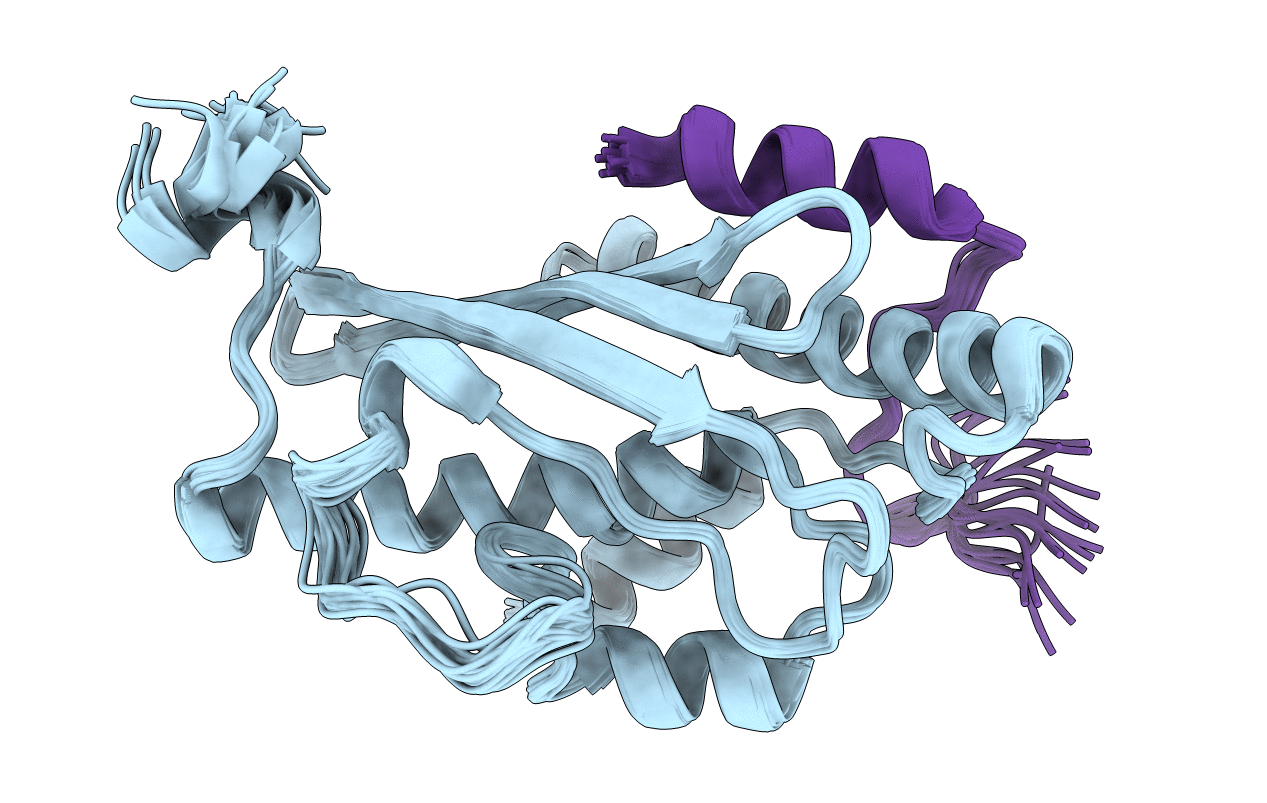
Deposition Date
2021-06-14
Release Date
2021-08-04
Last Version Date
2024-06-19
Entry Detail
PDB ID:
7OVC
Keywords:
Title:
Structure of the human UFC1 protein in complex with the UBA5 C-terminal UFC1-binding motif.
Biological Source:
Source Organism:
Homo sapiens (Taxon ID: 9606)
Host Organism:
Method Details:
Experimental Method:
Conformers Calculated:
200
Conformers Submitted:
20
Selection Criteria:
structures with the lowest energy


